Total heat load consists of the heat transfer from outside your panel and from the heat dissipated inside the control unit.
Useful terms & Conversions:
1 BTU/hr = 0.293 watts
1 BTU/hr – 0.000393 horsepower
1 Watt = 3.415 BTU/hr
1 horsepower = 2544 BTU/hr
1 Watt = 0.00134 horsepower
1 Square Foot = 0.0929 square meters
1 Square Meter = 10.76 square foot
Typical fan capacity:
4″ fan: 100 CFM (2832 LPM)
6″ fan: 220 CFM (6230 LPM)
8″ fan: 340 CFM (9628 LPM)
10″ fan 550 CFM (15574 LPM)
BTU/hr. cooling effect from fan 1.08 x (temp. inside panel in ºF – temp. outside panel in degrees F) x CFM
Watts cooling effect from fan: 0.16 x (temp. inside panel in ºC – temp. outside panel in degrees C) x LPM
Calculating BTU/hr. or Watts:
- Determine the heat generated inside the enclosure. Approximations may be necessary. For example, if you know the power generated inside the unit, assume 10% of the energy is dissipated as heat.
- For heat transfer from the outside, calculate the area exposed to the atmosphere except for the top of the control panel.
- Choose the internal temperature you wish to have, and choose the temperature difference between it and the maximum external temperature expected.
- From the conversion table that follows, determine the BTU/hr. per square foot (or watts per square meter) for the temperature difference.
- Multiply the panel surface area times the BTU/hr. per square foot (or watts per square meter) to get the external heat transfer in BTU/hr or in watts.
- Sum the internal and external heat loads calculated.
- If you do not know the power used in the enclosure but you can measure temperatures, then measure the temperature difference between the outside at current temperature, and the present internal cabinet temperature.
- Note the size and number of any external fans. Provide this information to Nex FlowT to assist in sizing the appropriate cooling system.
| Temperature Difference in Deg F | BTU/hr./sq. ft. | Temperature Difference in Deg C | Watts/sq.m |
| 5 | 1.5 | 3 | 5.2 |
| 10 | 3.3 | 6 | 11.3 |
| 15 | 5.1 | 9 | 17.6 |
| 20 | 7.1 | 12 | 24.4 |
| 25 | 9.1 | 15 | 31.4 |
| 30 | 11.3 | 18 | 39.5 |
| 35 | 13.8 | 21 | 47.7 |
| 40 | 16.2 | 24 | 55.6 |
Example:
The control panel has two frequency drives totaling 10 horsepower and one module rated at 100 watts. The maximum outside temperature expected is ºC. The area of the control panel exposed sides, except for the top is 42 square feet or 3.9 square meters. We want the internal temperature to be ºC.
Total internal power is 10 hp x 746 watts/hp – 7460 plus 100 watts = 7560 watts.
Assume 10% forms heat = an internal heat load of 756 watts.
Or
Total internal power is 10 hp x 2544 BTU/hp = 25440 BTU/hr plus 100 watts x 3.415 BTU/hr/watt = 25782 BTU/hr.
Assume 10% forms heat = an internal heat load of 2578 BTU/hr.
External heat load: The temperature difference between the desired temperature and the outside is ºC. Using the conversions (and interpolating where necessary) we multiply the area by the conversion factor:
42 sq. ft x 3.3 – 139 BTU/hr or 3.9 sq. m x 10.3 = 40 watts
Total Heat Load: 756 + 40 – 796 watts or 2578 + 139 – 2717 BTU/hr.
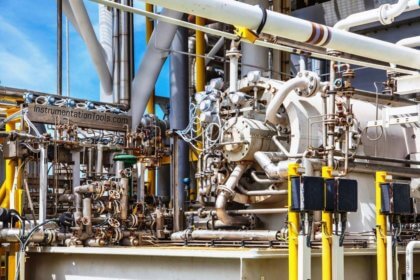
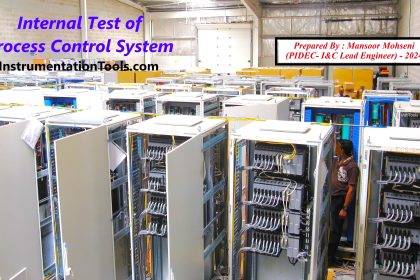

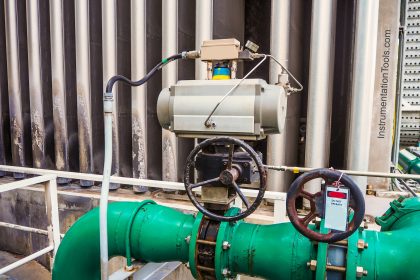
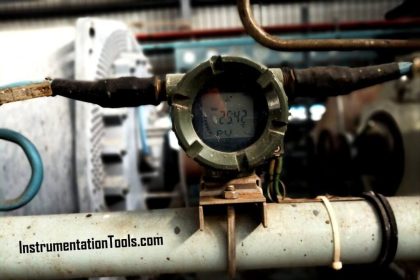
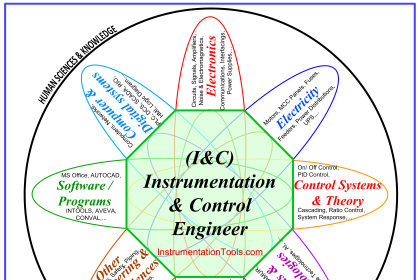
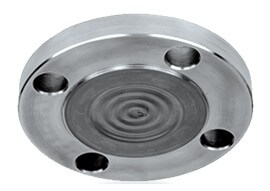
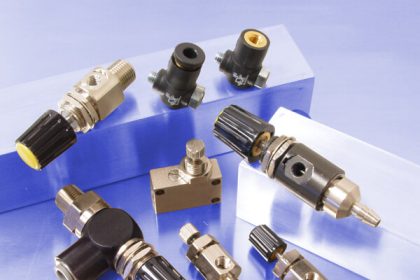
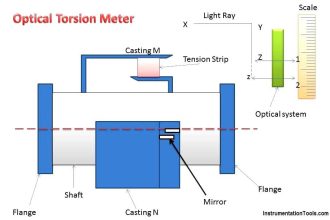
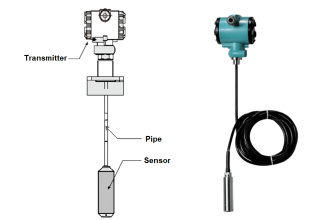

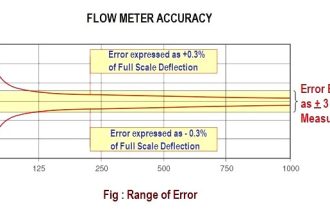
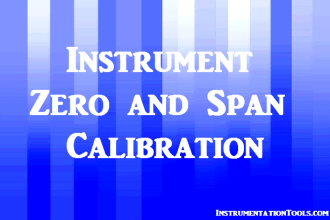
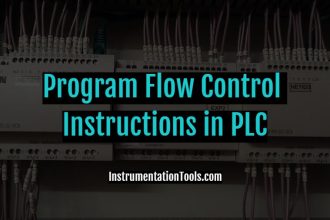
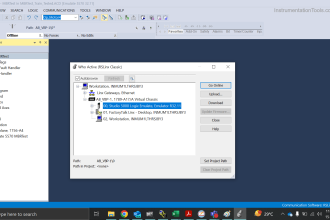
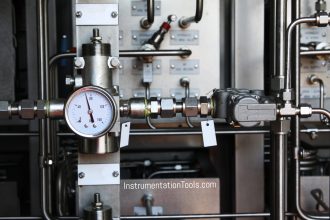

I’m was searching Heat Load in Electrical Enclosure box!
And I’m here ?!
Gee, you don’t sound like the author supporting their own article, at all….. LOL
BTU/hr. cooling effect from fan = 1.08 x (temp. inside panel in ºF – temp. outside panel in degrees F) x CFM
the other formula
Watts cooling effect from fan= 0.16 x (temp. inside panel in ºC – temp. outside panel in degrees C) x LPM, these two fomulas are not matching, let say that the temperature difference between inside & outside a panel is 10 c, & an 4” fan(100CFM) accordingly
BTU/h= 1.08*18*100= 1944 which is =570 w
when apply the other formula in watt, the result will be
Watt =0.16*10*2832= 4531
to get the same result the constant 0.16 should be 0.02
please check
All of the temperatures in the example are blank. Can you please revise the article to include these values?
may i know the reference to consider 10% of internal power consumption as heat load? why not more or less and why 10% only.